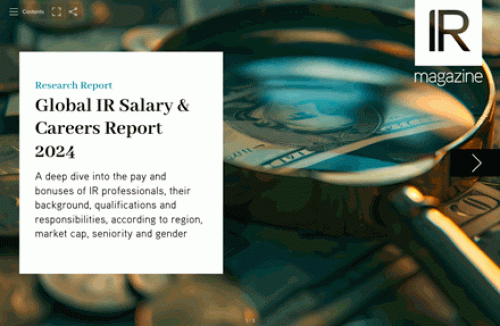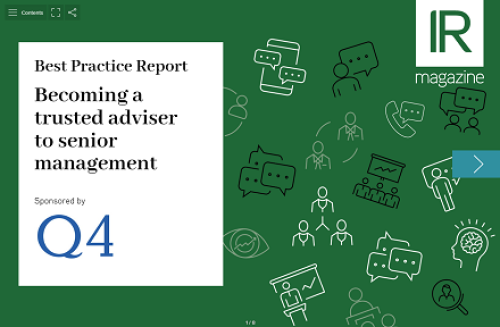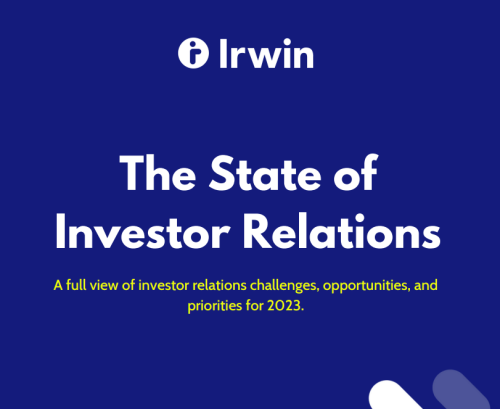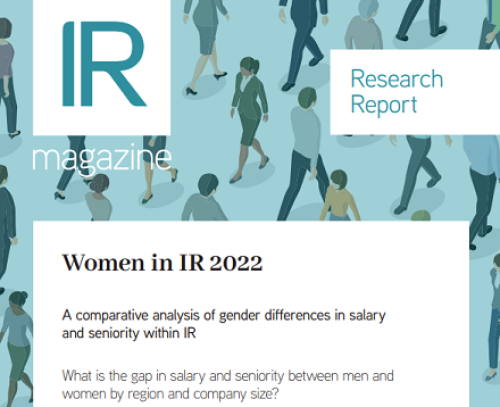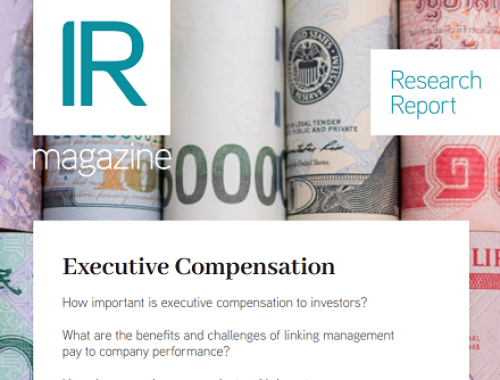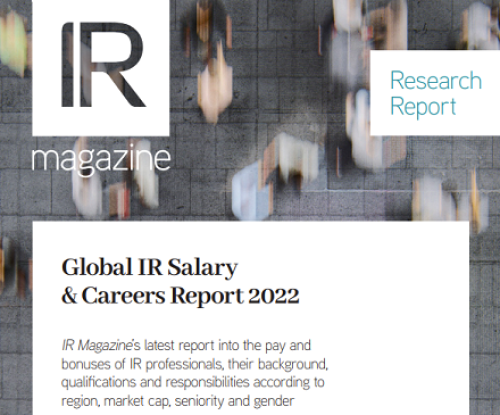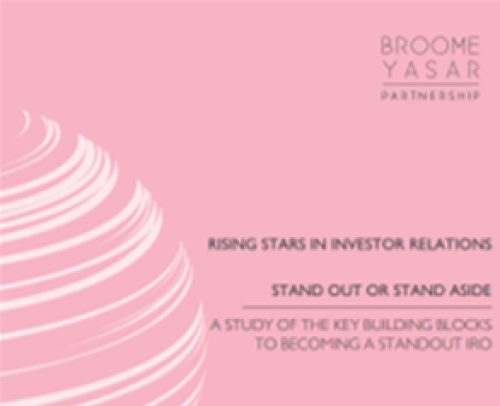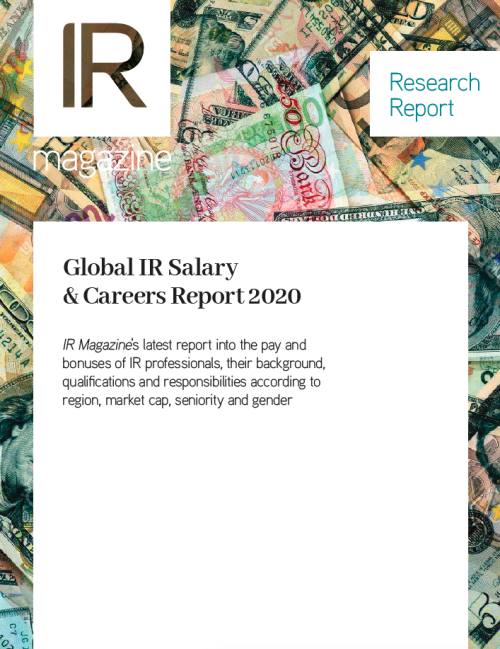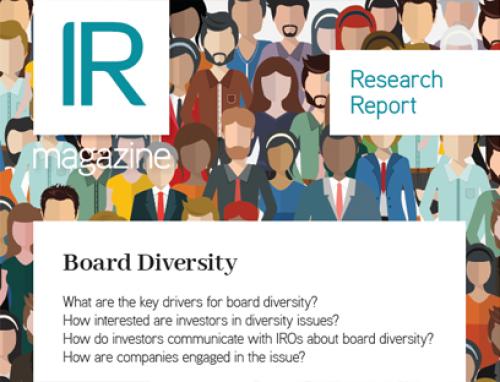Investor relations provides a lifelong career for many, as evidenced by the number of academic courses emerging in the field. For many others, however, a stint in investor relations can be part of a formal or informal development plan to build a more rounded understanding of corporate finance and leadership. General Electric, Ford, TD Bank and Sun Life Financial are just a few of the companies that use rotational IR programs.
These programs are seen as an effective way to develop the next generation of business leaders by creating a group of individuals who have a deep understanding of a variety of business divisions and functional roles. The programs are also believed to be effective in retaining top talent; while people don’t tend to spend decades in the same job these days, they may extend the length of time they stay at a company if they are exposed to new opportunities and roles every two or three years.
For Justin Wang, the opportunity to spend some time in investor relations was part of an informal approach from Sun Life Financial’s HR team to move top talent across the organization and provide a breadth of experience. Wang served as assistant vice president of investor relations for three years, between 2015 and 2018, and says it was clear during his interview that Sun Life Financial wasn’t tapping him for a lifetime in IR.
‘I got a sense from the interview that this was a great opportunity to learn about Sun Life, get the external and internal view and build key relationships across the organization, but that after a few years in IR I would be moving on to something different,’ Wang says. He now serves as CFO of enterprise services and global expenses at Sun Life Financial.
For Gillian Manning at TD Bank, the situation was much more formalized. At the time – in 2012 – the TD Bank IR team had about 12 people in it, and the second-in-command position was reserved for someone coming from a more specialized role elsewhere in the bank. Manning had worked at TD Bank for 12 years, first as an economist and then in the institutional asset management business, before working under Colleen Johnston as vice president of investor relations. She held the position for three years before moving on to a position in the risk team. She then rejoined the IR team as vice president and head of investor relations in 2016.
‘The investor relations experience was a great opportunity to understand the retail side of the business and how the bank runs,’ Manning recalls. ‘I would say it was easier to have a rotational role in one of the more senior positions because the department was larger and we had other people who [had significant] tenure in the team.’
This is an extract from an article that appeared in the Fall 2020 issue of IR Magazine. To continue reading, click here to open the full digital edition of IR Magazine

